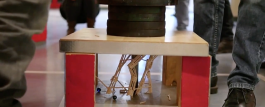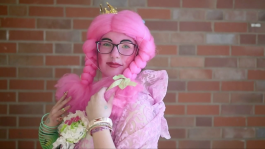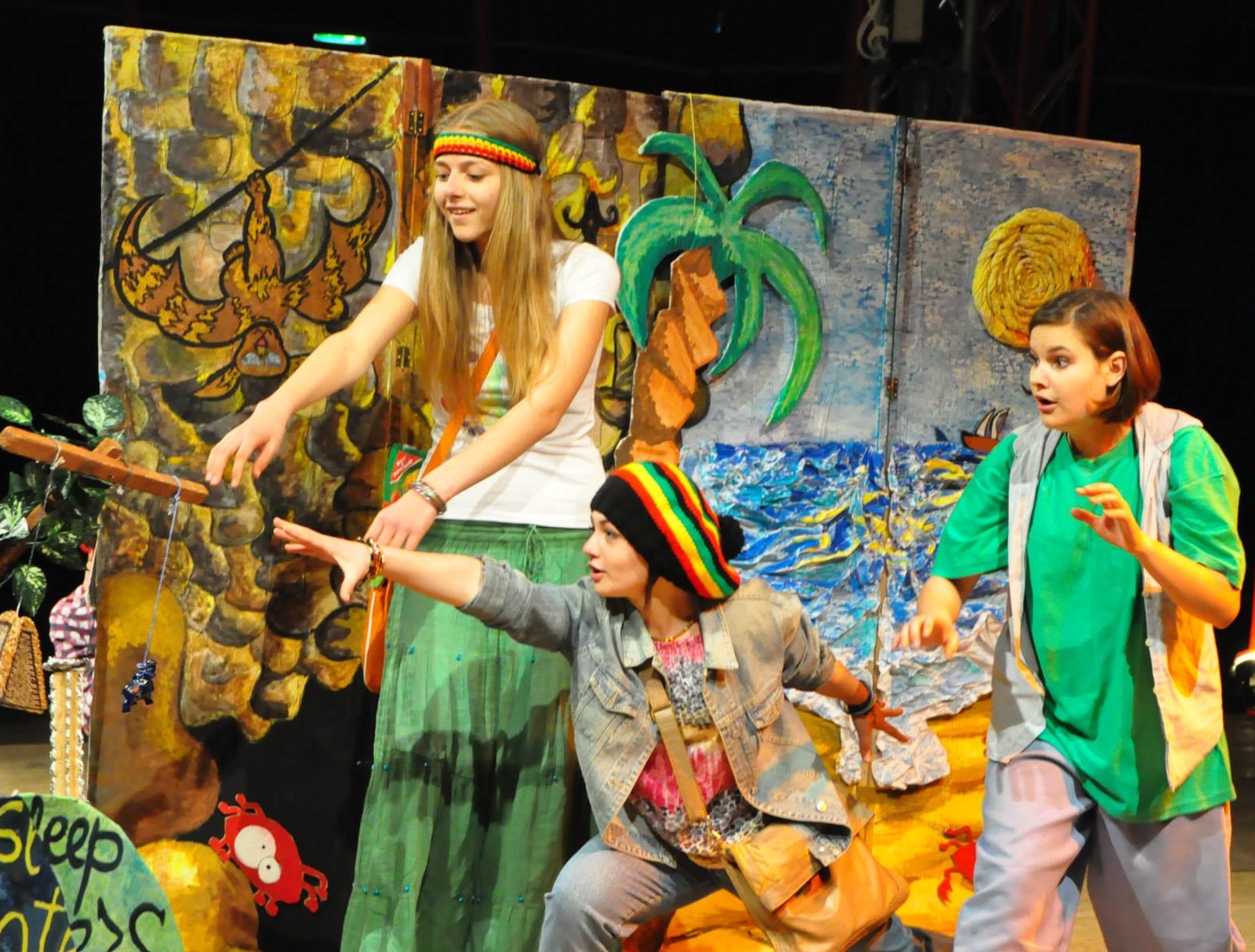Current materials:
Synopses (DEU | ENG)
Team List Forms: #1 - #2 - #3 - #4 - #5 - PRI (not available yet)
Program Guide (PDF: DEU | ENG)
Cost Form (PDF: DEU | ENG; exempt and assigned value items, prohibited items)
Long-term

Long-Term problem Types
#1 vehicle
Teams must build one large (which a team member may sit on) or several small vehicles and drive through a course. The presentation has to fit a certain theme, which the team may elaborate upon.
#2 mixed
Teams must build technical devices that fulfill certain tasks. This is incorporated into a play that fits a certain theme. Often, the presentations are supposed to include be humorous.
#3 classics
In the Classics Problem, teams deal with a history, literary or art history theme. For example: history must be re-written or art works must be reproduced. Every year is is a new surprise.
#4 structure
In this problem, teams must build a structure using balsa wood sticks and glue, which later will be tested on how much weight it can hold. The requirements are different every year. The record is more than 1000 kg on a 15 gram structure.
#5 performance
In this problem, teams often must prove their performance skills. There are fewer limitations and more possibilities. Teams may give their creativity free rein.





STYLE Component

SPONTANEOUS
Creative opportunities often present themselves unexpectedly, so the ability to think on your feet is one of the most important skills a person can acquire. Our Spontaneous problems offer a way to hone that skill.
At competition, every team solves a Spontaneous problem. Teams are presented with a problem that is verbal, hands-on, or a combination of both. On average, they have 10 minutes to read the problem and solve it.
Interested in practicing Spontaneous problems? Join us during Spontaneous Day this fall!

Spontaneous Problem Types
Verbal
Teams are required to give verbal responses. They may incorporate improvisation or dramatization. Teams are scored for common and creative responses.
Hands-On
Teams are required to physically create a tangible solution out of the provided material. Each hands-on problem has its own specific scoring categories.
Mixed
Teams are required to create a tangible solution and include some type of verbal component, for example, creating a story about the solution.
